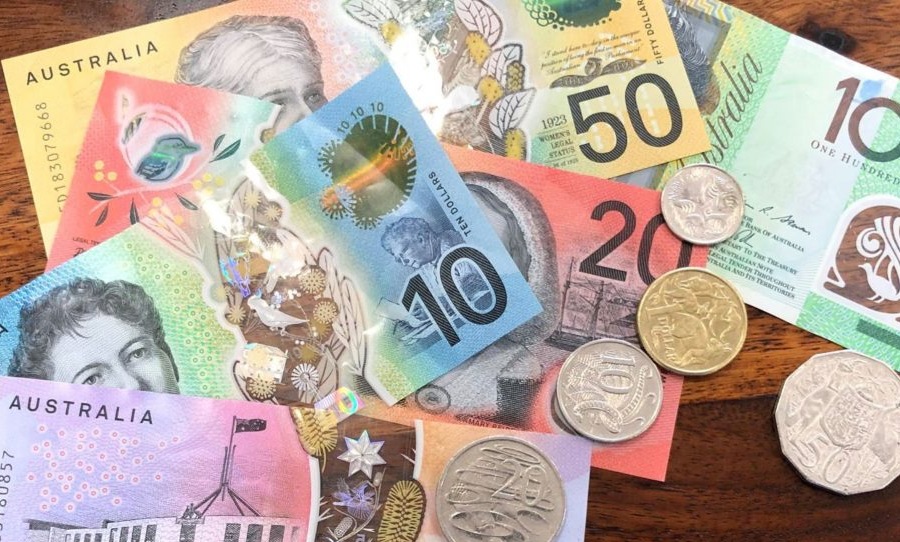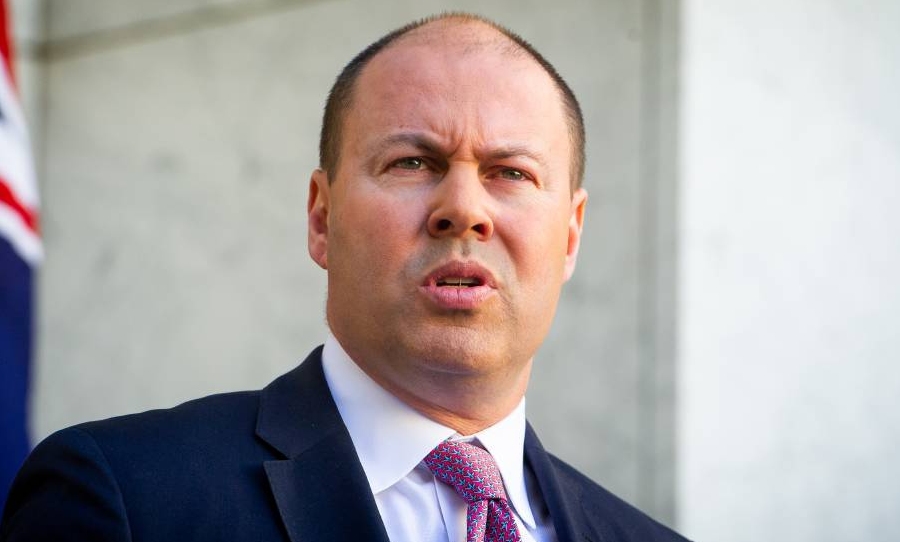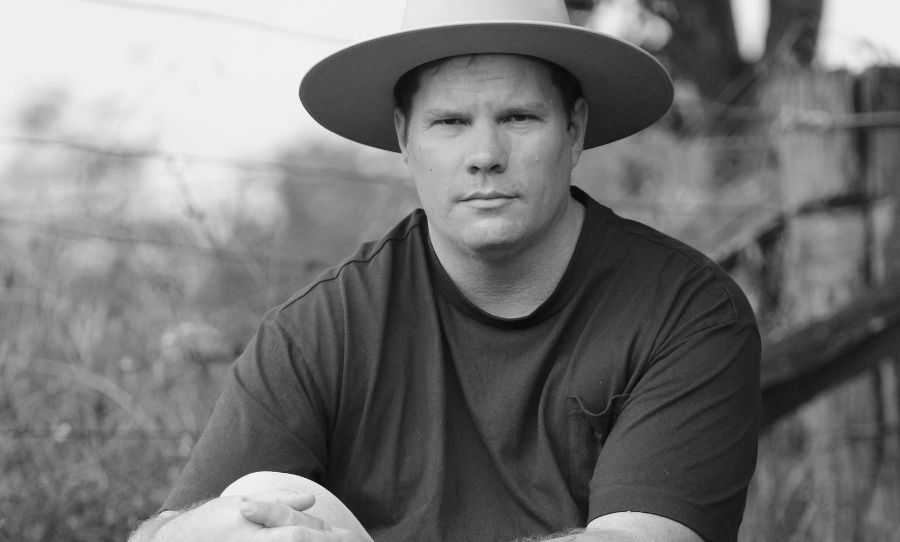Treasurer Josh Frydenberg has revealed that the negative economic impacts of COVID-19 will be felt until 2060.
Unlike last year, Australia’s coronavirus situation just keeps on getting worse. Today, Frydenberg is expected to showcase “the 2021 Intergenerational Report”.
This report will highlight Australia’s socio-economic future as coronavirus continues to batter the nation.

According to the report, Australia’s overall population will hit “38.8 million in 2060-61”. It’s a fair drop from the 2015 report, which predicted that the population would hit “39.7 million … in 2054-55”.
As a result, not only is the population expected to become smaller, but it will also become older as birth rates are also expected to drop in the foreseeable future.
In other words, Australia is expected to have an older workforce where “the ratio of people of working age to those at retirement age will continue to drop.”
In 2060, the report expects that there will only be three working-age workers “for every Australian aged over 65”.
Congratulations, it was definite with such seamless govt measures for border and vaccine. Cutting off Aus from World wasn’t solution, Tourism and international education industry has been crippled which was 1 among major source of income.#auspol #InternationalStudentsAustralia
— Syed Imtiyaz Ali (@imtiyazali77) June 27, 2021
According to Frydenberg, one of the methods to fix this will be migration.
However, as the effects of coronavirus continue to be felt across the world, migration may not come into effect as quickly as the economy would like. The report explains this further by stating the following:
“Migrants are expected to continue to be the largest source of population growth.”
“Migration contributes to economic growth and can help offset population ageing.”
“However, migration needs to be managed well to ensure it supports higher living standards.”
It appears that Frydenberg is optimistic about future migrants and the skills they’ll bring to help the economy.
“A well-targeted, skills-focused migration program can supplement our stock of working-age people, slow the transition to an older population and improve Australia’s economic and fiscal outlook,” explains Frydenberg’s notes.
Josh Frydenberg is about to tell us what Australia will be like 40 years from now. Hasn’t anybody told him Crystal Balls are just a Fortune Tellers prop, as are Economists in a World ravaged by War and Pestilence. It’s impossible to predict next week let alone 40 yrs from now pic.twitter.com/RBj0eAerv0
— Quite Simple (@CompassiWayne) June 27, 2021
With the aforementioned going on, parts of Australia are knee-deep in dealing with their own coronavirus outbreaks.
Over the weekend, the state of NSW had gone into lockdown after a sudden spike in positive cases. The Bondi cluster, the group of positive cases that have all been traced to the beachside suburb, has grown to 110 cases, with the inner west experiencing 11 new cases “linked to the Great Ocean seafood outlet in Marrickville”.
Queensland Premier, Annastacia Palaszczuk, has introduced new restrictions on the state as 3 positive cases (with one being confirmed as having undergone cross-border travel from the Northern Territory) have resulted in limits being placed on people attending gatherings at households.
The Northern Territory’s Darwin has entered into a short 2-day lockdown after five mineworkers tested positive for the virus.
As of now, Tasmania, South Australia, Canberra and Victoria have not had new positive cases. However, Tasmania and South Australia have shut their borders to numerous states and territories.
Meanwhile, Canberra (along with Western Australia) has introduced new restrictions such as the compulsory wearing of face masks.



